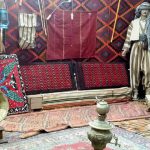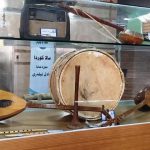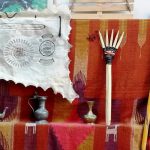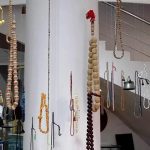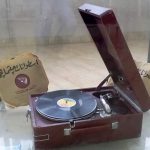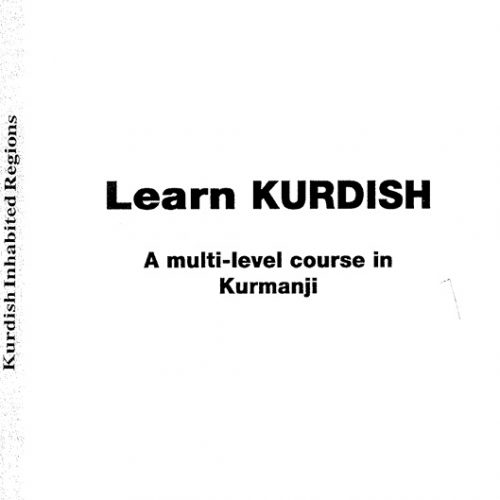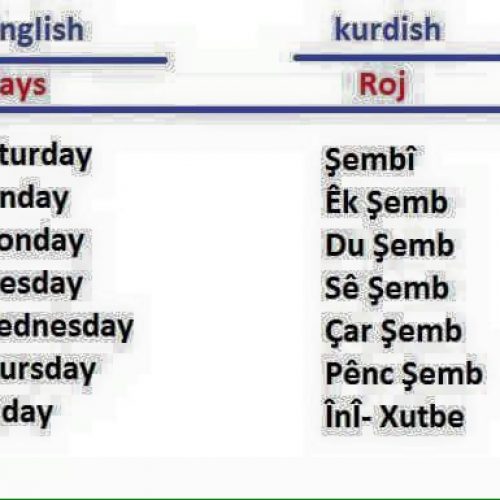The people living in the Kurdistan Region are Kurds as well as Assyrians,
Chaldeans, Turkmen, Armenians and Arabs.
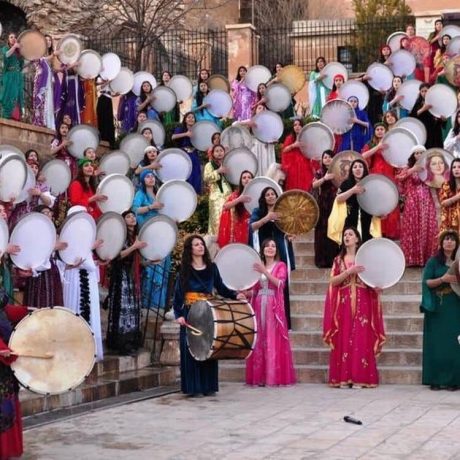
The Kurdish
culture is a legacy from ancient peoples who shaped modern Kurds and their
society.
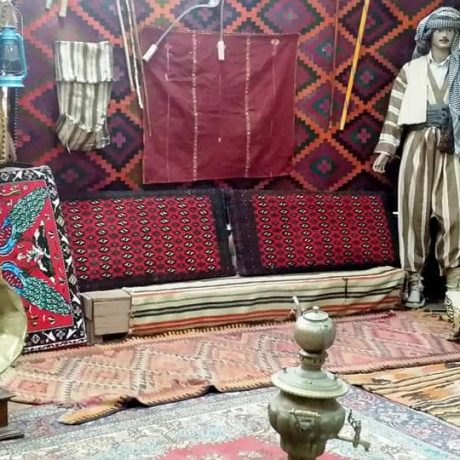
The Dohuk people are speaking Kurdish which is apart of the Indo-European languages.
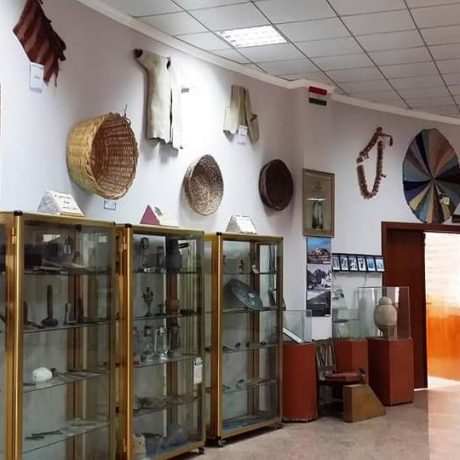
Kurdish culture is a group of distinctive cultural traits practiced by Kurdish people.
Culture Of Duhok
The people living in the Kurdistan Region are Kurds as well as Assyrians, Chaldeans, Turkmen, Armenians and Arabs. The Region has a young and growing population, with 36% aged 0-14 years, and only 4% aged over 63. The median age in Kurdistan is just over 20, meaning more than 50% are less than 20.Traditionally, the majority of people in the Kurdistan Region lived in villages and survived on farming and animal husbandry of mainly sheep and goats thanks to the land’s fertile soil. The Region was known as the breadbasket of Iraq. Today this has reversed, with the majority living and working in the three cities of Erbil, Duhok and Slemani and working in the government, construction, and trade. Dance Kurdish dance is a group of traditional hand-holding dances similar to those from the Balkans, Lebanon, and to Iraq. It is a form of round dancing, with a single or a couple of figure dancers often added to the geometrical centre of dancing circle. According to the Encyclopedia of Islam, Kurds sing and dance in all of their festivals, birthdays and marriage ceremonies. These folkloric dances are one of the main factors in distinguishing Kurds from neighbouring Muslim populations. Kurdish dance has various and numerous versions such as following: Dilan Sepe Geryan Chapi
Kurmanji
Kurmanji,also classified as Northern Kurdish is the northern dialect of the Kurdish language, spoken in southeast Turkey, northwest and northeast Iran, northern Iraq, northern Syria and the Caucasus region. It is the most spoken Kurdish dialect and mother tongue to other ethnic minorities in the region as well.
The earliest textual record of Kurmanji Kurdish dates back to approximately the 16th century and many prominent Kurdish poets like Ahmad Khani (1650-1707) wrote in this dialect as well. Kurmanji Kurdish is also the common and ceremonial dialect of Yezidis. Their sacred book Mishefa Reş and all prayers are written and spoken in Kurmanji, which some Yezidis call Ezdiki.


